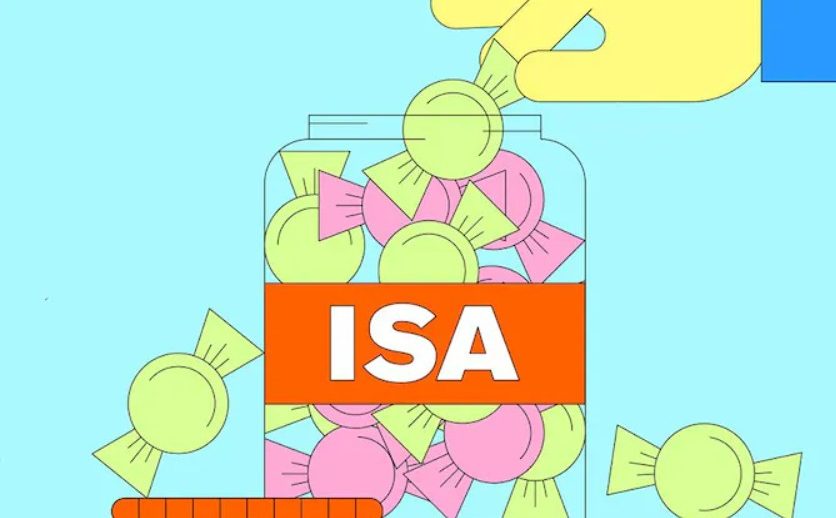In the realm of personal finance in the UK, one question that often surfaces is: What Happens If I Put More Than £20000 in my ISA? Individual Savings Accounts (ISAs) have revolutionised the way many British savers invest by offering tax-efficient benefits, but they come with strict annual limits. This post dives deep into the intricacies of ISA limits, explains what occurs if you exceed them, and provides current, up-to-date insights tailored for UK residents.
Understanding ISAs: The Basics

Individual Savings Accounts (ISAs) are designed to help UK savers and investors benefit from tax-free returns. Several types of ISAs are offered, including cash ISAs, stocks and shares ISAs, innovative finance ISAs, and Lifetime ISAs, each offering distinct advantages and regulations. However, no matter which type you choose, the total annual contribution limit for the tax year is fixed at £20,000 (for the current and recent tax years).
What Are the ISA Contribution Limits?
- Current Limit: £20,000 per tax year
- Definition: This is the maximum amount that can be paid in your ISAs overall combined within one tax year.
What Happens If I Put More Than £20,000 in My ISA?
When answering this important question—What Happens If I Put More Than £20000 in My ISA?—the process is very clear. Financial institutions in the UK are programmed to monitor contributions to ensure they adhere to HM Revenue & Customs (HMRC) rules. Exceeding the limit can result in complications, such as:
- Rejected Contributions:
If you try to transfer or deposit more than the allowable limit, the additional funds are likely to be refused by your ISA provider. They are equipped with systems designed to check and enforce the ISA contribution cap. - Tax Implications:
Any amounts deposited above the £20,000 threshold cannot be shielded from tax. This means that any earnings on the excess funds may be taxable, thereby reducing the overall benefit you’d otherwise receive through the ISA’s tax-free structure. - Administrative Issues:
Exceeding the limit might lead to paperwork or administrative delays while the excess funds are being processed correctly. In some cases, this could even require rectification through communication with HMRC.
Can I Accidentally Over-Contribute?
Is It Possible to Mistakenly Exceed the ISA Limit?

This is a common concern among savers. Often, the accumulation of transfers, re-deposits, or miscommunication between multiple providers can lead to accidental over-contributions. Providers may have safeguards in place, but it is also wise to:
- Monitor Your Contributions Regularly:
Keep a personal record of how much you have contributed in the current tax year across all accounts. - Communicate with Your Providers:
If you maintain more than one ISA account, ensure that each provider is aware of your overall contribution status. - Review Annual Statements:
Make it a habit to review your annual statements and digital banking updates for any discrepancies.
Deep Dive into ISA Regulations
How Do ISA Limits Benefit You?
- Tax Efficiency: The fixed limit ensures that all contributions enjoy a tax-free growth environment, protecting your investments from deductions that might otherwise apply.
- Encouraging Discipline: By capping contributions, ISAs help savers plan their investments more meticulously, promoting disciplined financial behaviour.
What Steps Can You Take to Avoid Over-Contribution?
- Budgeting: Set clear annual savings or investment targets.
- Unified Tracking: Use financial management apps or spreadsheets to track your ISA contributions.
- Provider Guidance: Ensure your ISA provider offers notifications or dashboards that detail your contribution status in real-time.
How Do Providers Safeguard Against Breaches?

Financial institutions deploy stringent checks before processing ISA contributions. Some of these safety measures include:
- Automated Alerts: Notifying you when you approach the annual cap.
- Transaction Restrictions: Avoiding contributions that surpass the ISA limit.
Current ISA Limits: A Comparative Table
Below is a table comparing the current annual ISA limit with previous tax years, demonstrating the evolving nature of ISA regulation:
| Tax Year | Annual ISA Limit | Notable Changes |
| 2023/2024 | £20,000 | Limit maintained to support market stability |
| 2022/2023 | £20,000 | Increased from the previous cap, remained steady |
| 2021/2022 | £20,000 | Consistent rules, emphasis on tax-free growth |
| 2020/2021 | £20,000 | Transition year with policy consolidation |
Conclusion
For UK residents, the key takeaway regarding the title—What Happens If I Put More Than £20000 in My ISA?—is that exceeding the ISA contribution limit results in your additional funds being ineligible for tax-free benefits, and may trigger administrative challenges. Staying informed through regular monitoring, utilizing provider tools, and adhering to HMRC guidelines ensures that you maximise the benefits of your ISA without unintended tax consequences.
FAQs About ISA Over-Contribution
What happens if my provider accidentally accepts excess contributions?
Providers typically have robust systems in place to catch over-contributions before finalising the transaction. However, if an over-contribution slips through, they are likely to notify you, and you’ll be required to rectify the error with HMRC.
Are there any penalties for over-contributing?
While there may not be direct fines, the excess amount will not enjoy the tax-free benefits of an ISA. This can lead to additional tax liabilities on any income or gains generated from the over-contributed funds.
How can I check my current ISA contributions?
Most providers offer online dashboards that reflect real-time contribution totals, and HMRC also provides summaries upon request.






